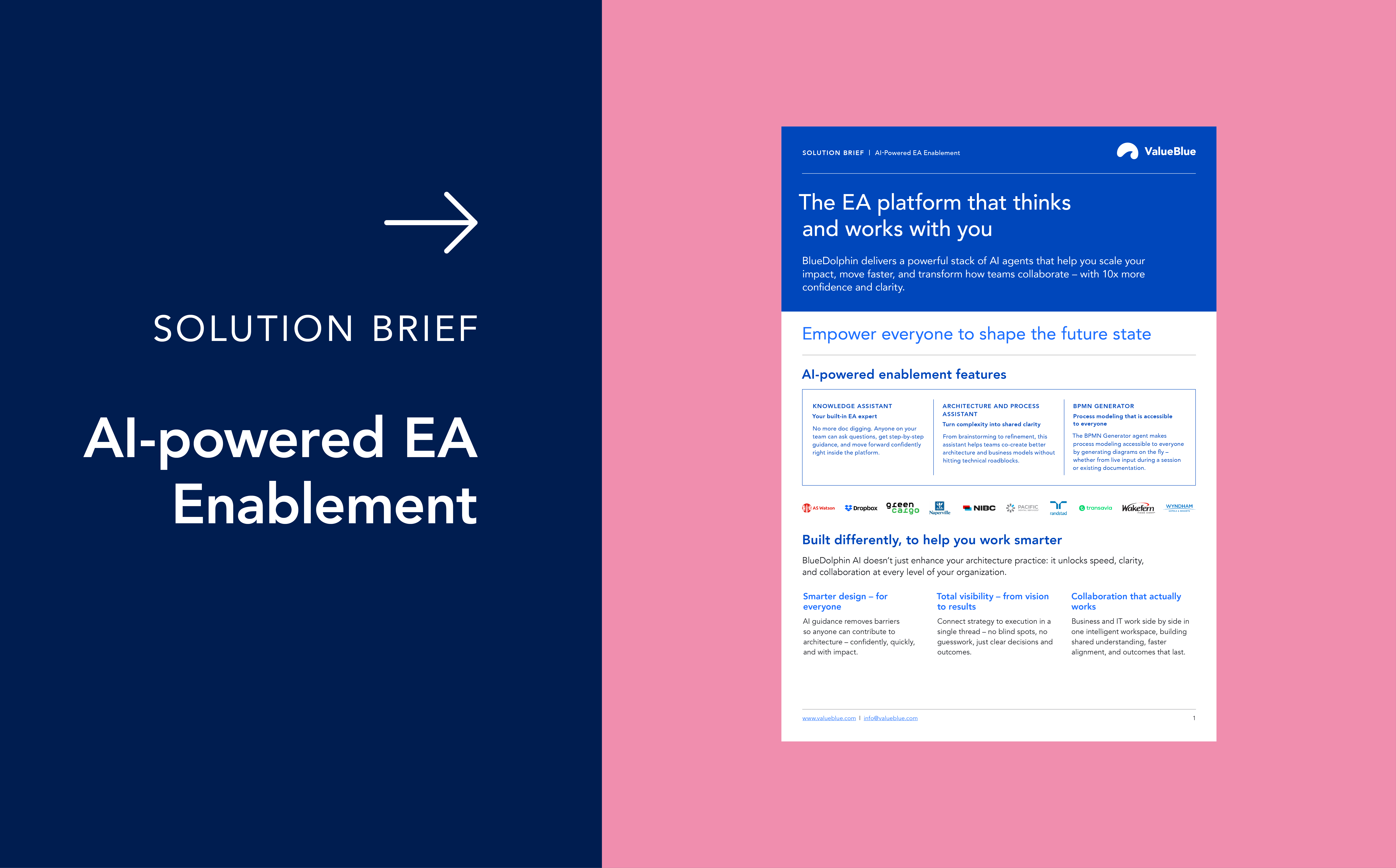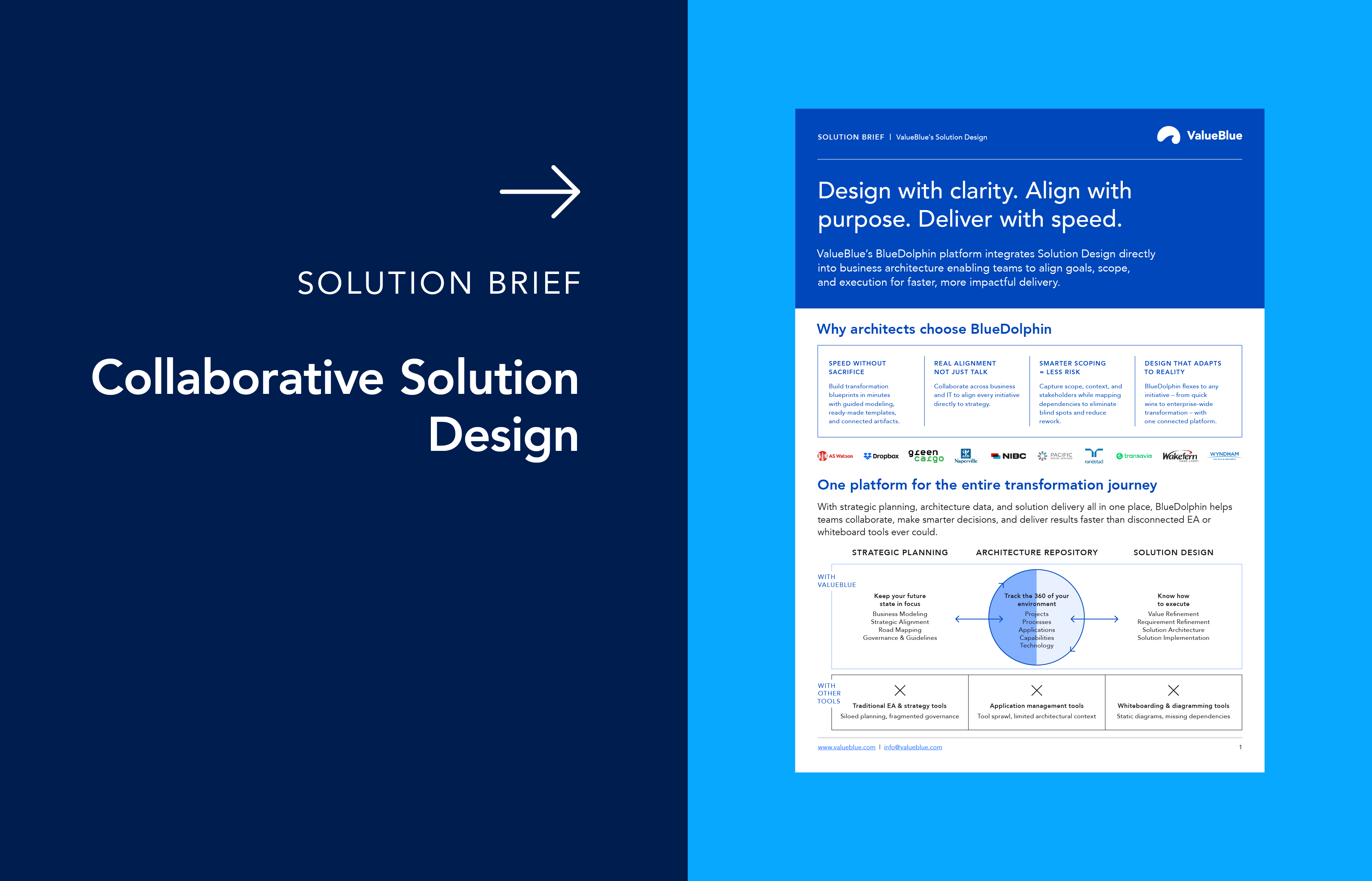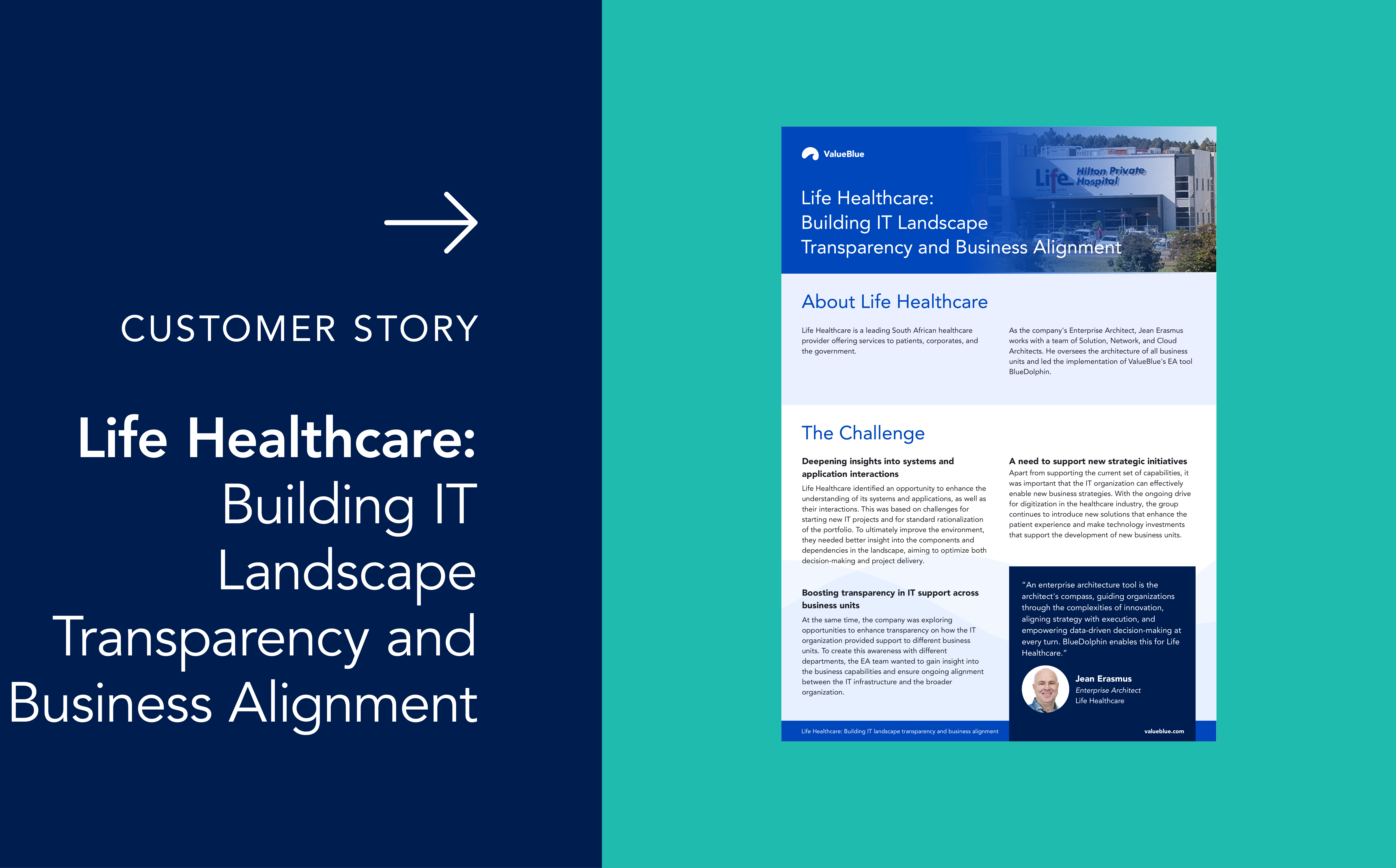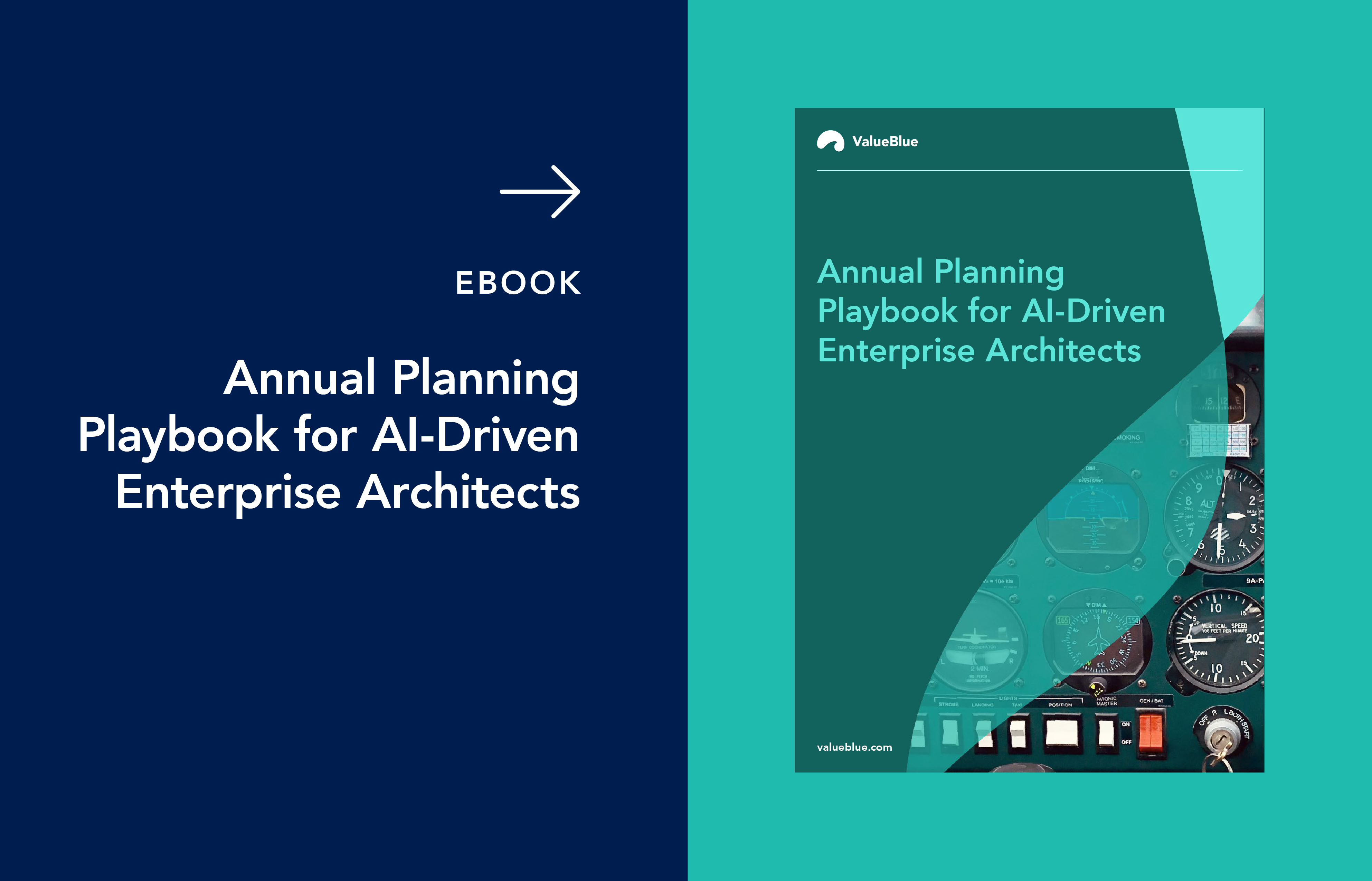Application Rationalization: Cut Sprawl, Save Money Today
When IT leaders focus on cost optimization, many target cloud migrations or renegotiating vendor contracts. But for most organizations, a significant source of wasted budget is the unchecked growth of redundant and underused applications – what’s commonly labelled as application sprawl. This is where application rationalization comes in.
As teams expand and business needs evolve, new applications are added. Unfortunately, older software often stays in use long after it has outlived its usefulness or is duplicated elsewhere in the portfolio. Studies report that 15–20% of enterprise applications are redundant or little used, quietly draining resources that could instead power modernization or digital transformation.
The true cost of redundant applications
The impact of application sprawl is much bigger than just unnecessary license fees. Each additional redundant application brings ongoing support, maintenance, compliance checks, and even extra staff training. Your security and IT teams face more complexity, monitoring, and patching more software than necessary. This directly increases operational costs and cybersecurity risk.
Application sprawl also makes integration harder and slows project delivery. Critical business data becomes fragmented across too many platforms, and rolling out new business processes or digital initiatives becomes slower and more expensive. Without application rationalization, companies may find themselves unable to respond quickly to change, putting agility and competitiveness at risk.
The challenges of application rationalization
If redundant applications are so costly, why do organizations struggle to address them? The main barrier is visibility. Applications are often procured by different business units in silos, leading to overlapping software that no one fully owns or understands. Legacy apps might remain because someone still “might need it”, creating reluctance to act.
Effective application rationalization requires a methodical approach:
- Start with a comprehensive application inventory.
- Map each application to the business capability it supports.
- Analyze usage data and involve business owners to evaluate which apps truly deliver value.
Modern Enterprise Architecture tools, such as our own BlueDolphin, support this process by providing dashboards for assessing usage, automating scoring, and visualizing the entire application portfolio. Still, technology alone isn’t enough – success depends on cross-team collaboration and clear decision criteria for keeping, modernizing, or retiring applications.
Benefits of application rationalization
The results of application rationalization are both immediate and long-term. Eliminating even a small percentage of your app portfolio can result in direct savings of hundreds of thousands of dollars each year. Streamlining the application environment also leads to smoother integrations, reduced compliance risk, faster deployment of new technology, and improved employee satisfaction. Ultimately, application rationalization creates a more agile, efficient, and future-ready IT landscape.
How to get started with application rationalization?
Tackling application sprawl doesn’t have to be overwhelming. Break the work down into actionable steps: inventory, score, decide, execute, and iterate. With a structured approach and the right technology support, you can make tangible progress in every planning cycle.
If you’re looking for a structured roadmap, our eBook, "Liquidity Planning with Enterprise Architecture: How to Save $1M in Hidden Value", provides practical frameworks, best practices, and real-world case studies to make application rationalization achievable and sustainable.
Want to maximize IT cost optimization and unlock hidden value in your application portfolio? Download the eBook to get started with application rationalization and stay ahead in your digital transformation journey.





